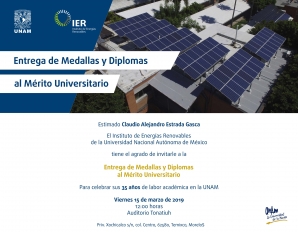Jazael Gómez, Arturo Estrada, Argelia Balbuena Ortega, Oscar Arredondo, Rocío Nava, Raul Barbosa, Dulce Capitanachi & Karen Lozano
Abstract
Hybrid graphemne-fiber systems could present an alternative for various industrial applications in need of large area graphene sheets. One way to produce these carbon-based structures is by subjecting an aqueous polyvinyl alcohol solution containing sodium chloride to centrifugal spinning under high humidity conditions. The developed polymer fibers are then subjected to a dehydration and carbonization process to promote the formation of the hybrid carbon structure. Potential applications of this material are highly dependent upon their conducting properties. In this work we analyzed the effect of the NaCl content and humidity conditions during the spinning process and ultimate thermal conductivity of the resultant hybrid graphene-fiber carbon systems. Results show an optimum NaCl added to the carbon precursor solution and spun at a high relative humidity (around 70%) promote the development of veils of graphene oxide multilayer that interconnect with produced fibers. We applied for the first time a thermographic method to determine the thermal conductivity of carbon mats. The thermal conductivity of the hybrid fibers increases as graphene multilayers veils expand between carbon fibers, to reach values up to 28 W m K−1.
Thermal conductivity of hybrid multilayer graphene-fiber carbon membranes

